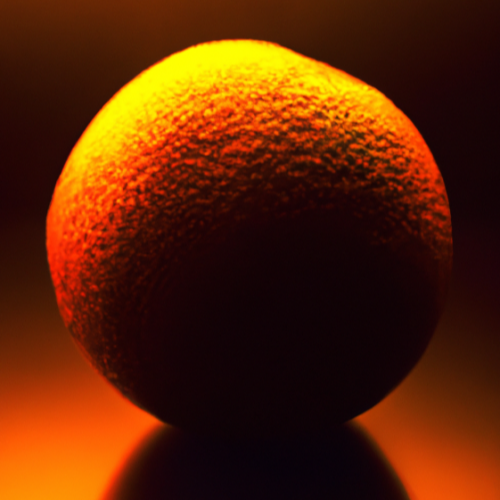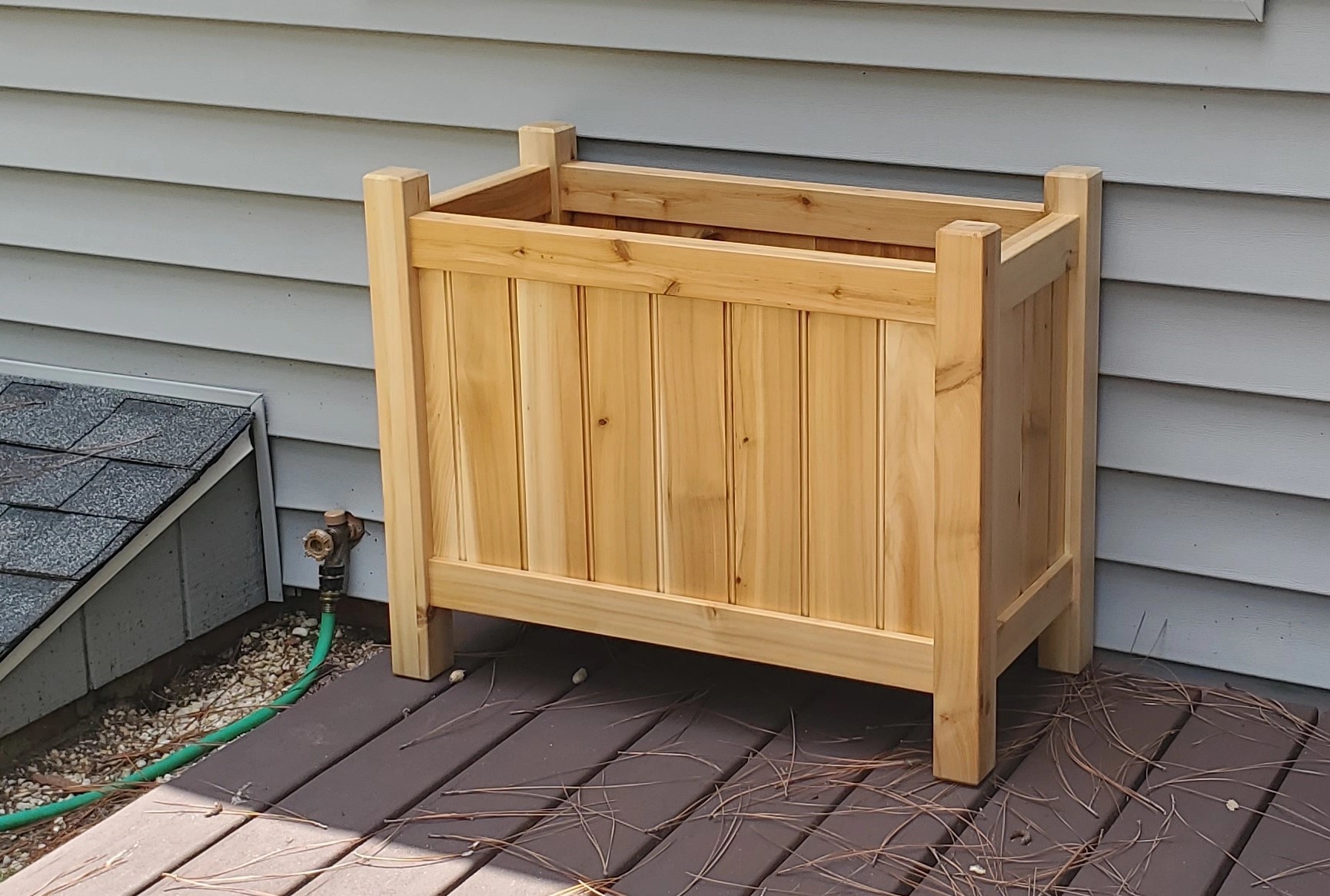- 7 Posts
- 466 Comments
 7·8 days ago
7·8 days agoI agree with dance_ninja. Add some colour using art or plants. Paint or a bit of tile would be other options with a bit more effort.
I’ve got much the same scheme, maple cabinetry, white quartz countertops, black fixtures, but we added a pale teal backsplash tile for some nice colour to balance things out.

 2·9 days ago
2·9 days agoIt’s also fairly little for the size of jar.

 2·11 days ago
2·11 days agoThis is quite important with Immich. They’re good at documenting their breaking changes, just gotta make sure you check the changelog before updating. Also best to avoid auto updating with Watchtower or similar to avoid surprises.

Passive House has a minimum ventilation rate of 0.3 ACH, but minimum code requirements can also come into play. Ventilation for health and hygiene is very much a consideration of the standard.

I feel it’s been that way here in Saskatchewan for a long time.

 14·16 days ago
14·16 days agoDepends on the currency.
Unfortunate.
It’s for humidification of the nose and increases the range of smells one is able to smell. What in particular is a bad design about that?

 56·22 days ago
56·22 days ago“For some reason”? Greed. That is the exact reason.

 8·29 days ago
8·29 days agoIt really made the most sense for me. Essentially long term rent a car and when the term is up, either technology has progressed to where the features of a new model are vastly superior, so give it back to the dealership, or there is still limited supply (I’m in a small EV market in Canada) and tech is more or less the same, then I buy it out.
Seemed like a fairly significant reduction of risk in getting an EV and a win win either way.

 1·1 month ago
1·1 month agoAssassin’s Creed also came to mind for me as one of the first time I encountered this. Eagle Vision I believe it was called.
I’d say that was different from target indicators, though. I feel those were more because distant targets weren’t really visible because of the low resolution at the time, whereas Eagle Vision was more highlighting particular items of interest in the environment that were still otherwise visible.

 9·1 month ago
9·1 month agoI’m not sure if they’re available with UK plugs, but I’ve got a pack of Thirdreality Zigbee plugs that monitor energy use and have a button on them to toggle power.
I’ve got them connected to Home Assistant. Two do a bit of climate control in a coldroom, the others are for occupancy lighting.

 3·2 months ago
3·2 months agoI would like to see a minority of the house representation of elected people from individual regions with term limits, with a majority of the house being regular people randomly selected to serve for a defined amount of time.

It’s easy, collect premiums and reject any claims as being “acts of God”.
You could check at the Canada Post office if you can charge their provided boxes to that account number.
Unfortunately Rogers is now the largest professional sports holding company in the world now too, with buying out Bell’s stake in MLSE. Nothing like promoting competition by allowing megacorps to keep acquiring.
Oh yes, I’m not saying don’t season your water. Just that seasoning the water on its own is not a way to prevent pasta sticking.
Yep, I really like how he applies the scientific method to cooking. Some of my favourites are how he’s found the perfect way to boil an egg, cook steaks and roasts (dry brine, reverse sear), and make chocolate chip cookies (he made over 1500 cookies testing how changing each variable changed the final cookie).
It’s not salting your water, nor the water volume to pasta ratio, nor if the water is boiling or not, nor oil in the water, but stirring early in the cooking process that will prevent sticking.
From the great Kenji Lopez-Alt:
Pasta is made up of flour, water, and sometimes eggs. Essentially, it’s composed of starch and protein, and not much else. Now starch molecules come aggregated into large granules that resemble little water balloons. As they get heated in a moist environment, they absorb more and more water until they finally burst, releasing the starch molecules into the water. That’s why pasta always seems to stick together at the beginning of cooking—it’s the starch molecules coming out and acting as a sort of glue, binding the pieces to each other, and to the pot.
…
The problem is that first stage of cooking—the one in which starch molecules first burst and release their starch. With such a high concentration of starch right on the surface of the pasta, sticking is inevitable. However, once the starch gets rinsed away in the water, the problem is completely gone.
So the key is to stir the pasta a few times during the critical first minute or two. After that, whether the pasta is swimming in a hot tub of water or just barely covered as it is here, absolutely no sticking occurs. I was able to clean this pot with a simple rinse.













Sad to see the news about tteck. His scripts really helped me get off the ground on my own self hosting journey.